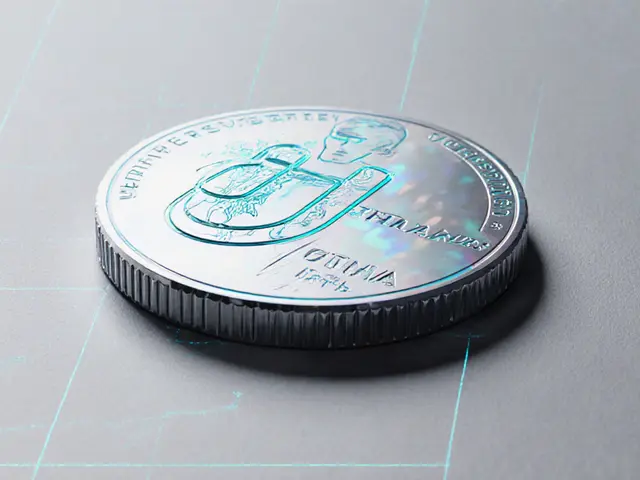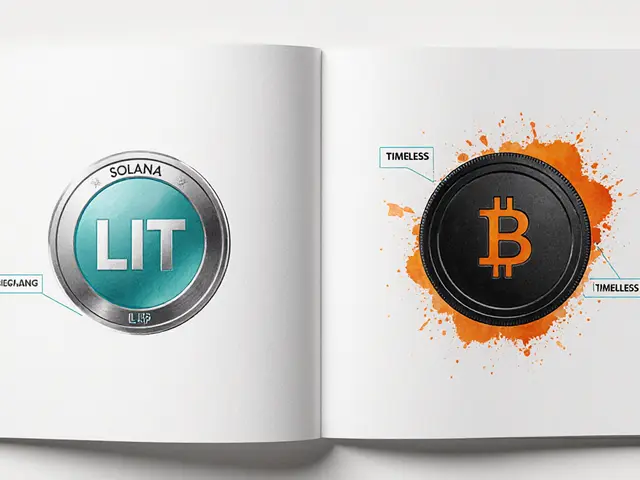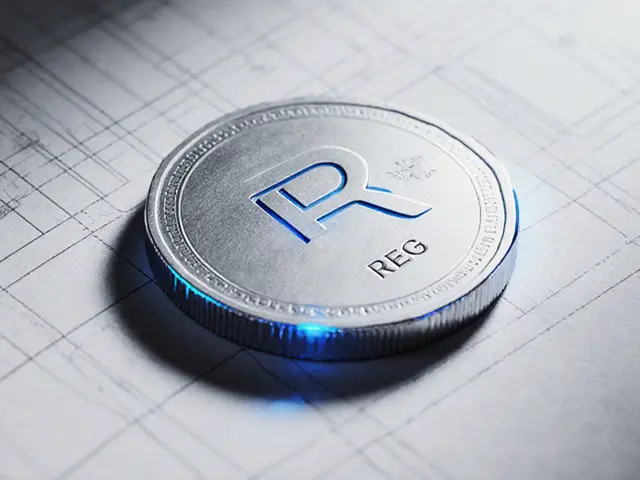NFT Marketplaces: A Practical Overview
When you hear NFT marketplaces, online platforms where users can buy, sell, and trade non-fungible tokens. Also known as NFT platforms, they sit at the intersection of digital art, collectibles, and real‑world utility. The core technology behind them is blockchain, a distributed ledger that guarantees ownership and provenance, which means every token you see on a marketplace has a tamper‑proof record.
Why does this matter? Because crypto exchanges, services that let you turn fiat or crypto into digital assets often act as the on‑ramp for buying the crypto you need to pay marketplace fees. In practice, you might fund your wallet on Binance, then hop over to OpenSea or Rarible to snag that limited‑edition artwork. This link between exchanges and marketplaces creates a fluid ecosystem where liquidity moves quickly but also requires careful fee planning.
Why NFT Marketplaces Matter
Beyond art, NFT marketplaces power a growing DeFi, decentralized finance applications that let users earn, lend, or borrow against NFTs. Imagine staking a rare avatar to earn yield or using a tokenized real‑estate deed as collateral for a loan. These use‑cases are gaining traction, especially as platforms embed lending protocols directly into their UI. At the same time, developers run airdrops, free token distributions that reward early adopters or community contributors to attract users to new NFT collections. An airdrop can instantly boost a marketplace’s activity, but it also adds a layer of risk if the tokens are poorly designed.
Regulation is another piece of the puzzle. Several posts on our site discuss how the UAE and Norway are shaping crypto policy, and those rules cascade into how NFT marketplaces operate. For example, a jurisdiction that imposes strict KYC on exchanges will likely require the same on NFT platforms, affecting anonymity and onboarding speed. Understanding the regulatory climate helps you pick marketplaces that align with your risk tolerance.
From a technical standpoint, the choice of blockchain matters a lot. Ethereum still dominates with the biggest user base, but high gas fees push creators to explore alternatives like Solana, Polygon, or Binance Smart Chain. Each chain offers a different trade‑off between speed, cost, and security, which influences which marketplace you’ll find most appealing. Some platforms even support cross‑chain bridges, letting you list an NFT on one chain and sell it for a token on another, expanding your potential buyer pool.
Finally, community dynamics shape the success of any marketplace. Projects that run regular events—like the Leonicorn Swap New Year airdrop or the SupremeX token giveaway—create buzz and keep users returning. Engaged communities also provide valuable feedback that drives feature updates, from better royalty settings to improved search tools. Watching how these communities evolve gives you a sense of which marketplaces are likely to stay relevant.
Below you’ll find a curated list of articles that dive deeper into each of these angles: from how to evaluate a new exchange, to the latest airdrop strategies, to real‑world blockchain applications. Whether you’re just getting started or looking to fine‑tune your NFT trading game, the insights here will help you navigate the fast‑moving world of NFT marketplaces with confidence.
Top Real Estate NFT Platforms & Projects to Watch in 2025
Explore top real estate NFT platforms, learn how tokenization works, compare features, and get a step‑by‑step guide to start investing in fractional property assets.
View More




